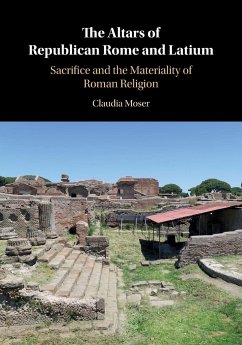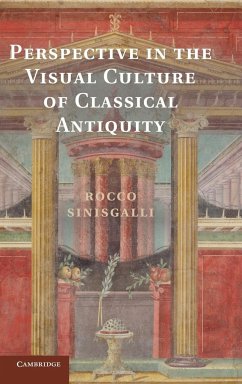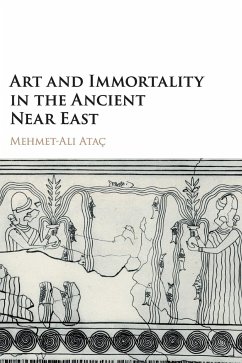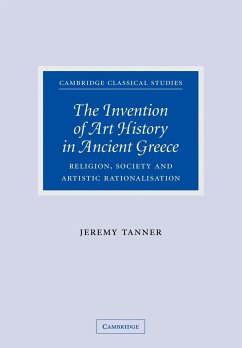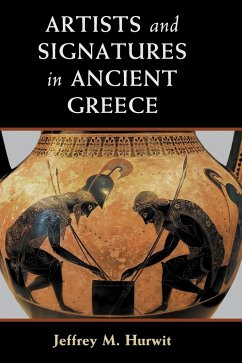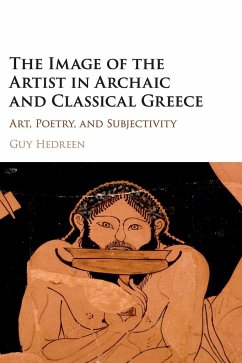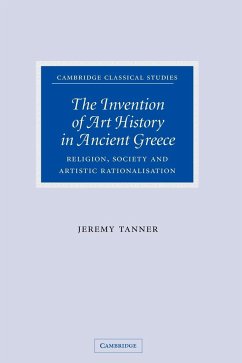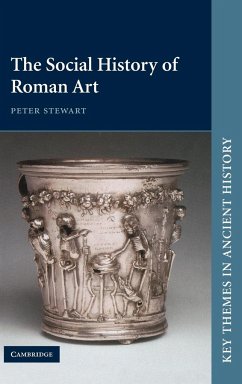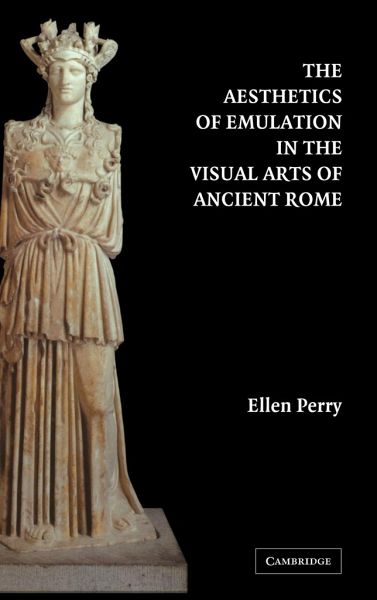
The Aesthetics of Emulation in the Visual Arts of Ancient Rome

PAYBACK Punkte
52 °P sammeln!
Originally published in 2005, this book examines Roman strategies for the appropriation of the Greek visual culture and argues that the scholarship on this topic, dominated by copy criticism (Kopienkritik), has not appreciated Roman values in the visual arts. Ellen Perry analyzes the Roman aesthetics that lie at the core of the visual conservatism - and innovation - in the art of that civilization. These attitudes help to explain the preponderance of copies, exact or free, after the sculpture of great Greek masters in Roman art. A knowledge of Roman values, Perry demonstrates, explains the ent...
Originally published in 2005, this book examines Roman strategies for the appropriation of the Greek visual culture and argues that the scholarship on this topic, dominated by copy criticism (Kopienkritik), has not appreciated Roman values in the visual arts. Ellen Perry analyzes the Roman aesthetics that lie at the core of the visual conservatism - and innovation - in the art of that civilization. These attitudes help to explain the preponderance of copies, exact or free, after the sculpture of great Greek masters in Roman art. A knowledge of Roman values, Perry demonstrates, explains the entire range of visual appropriation in Roman art, which includes not only the phenomenon of copying, but also such manifestations as allusion, parody, and most importantly aemulatio, successful rivalry with one's models.





